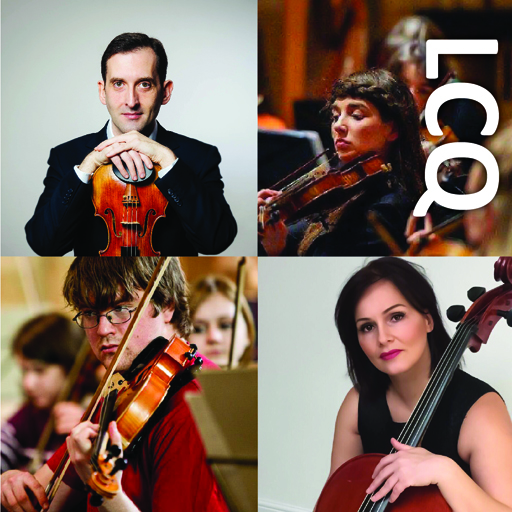London City Quartet
The London City Quartet was created in 2016. They have shown great interest in the creation and promotion of contemporary music with the premiere and recording of new works. One of the results was a CD with the quartets of the Catalan composer David Bozzo, available on Spotify. During the pandemic the quartet stopped working and after a period of inactivity they have come back to perform again. This is their first concert in their new phase.
Emperor Quartet
- Allegro
- Poco Adagio. Cantabile – Variations I-IV
- Menuetto. Allegro
- Finale. Presto
Joseph Haydn (1732-1809) was born in the Austrian town of Rohrau. He was one of the
great revolutionaries of classical music, making huge advances in structure, harmony and
melody.
Haydn’s String Quartet, Op. 76, No. 3 is better known as the “Emperor” because the theme
in the second movement is based on a hymn written for the Austrian emperor.
The opening movement is a bright and crisp sonata form. The first five notes form a vivid
rhythmic figure that is pervasive throughout the movement, appearing in themes, variations
and base lines. The musical character is simple, elegant and rich musically.
The slow movement is a theme and five variations. Each instrument takes a turn singing the
melody. The anthem in the second movement was actually one of Haydn’s favourite
compositions and even during his sickly and delicate old age, he still managed to play it at
the piano.
The third movement is a standard minuet and trio and delights the listener with a springy
dance. It could be considered to be one of his finest writings.
Haydn’s finale is intense beginning dramatically in a minor key. A transition from dark to light
begins with a familiar motif borrowed from the first movement. The thematic connection
between the first and last movement is the conclusion of the entire quartet that completes
the strong architectural structure that Haydn has built in all of his chamber music.
American Quartet
- Allegro ma non troppo
- Lento
- Molto vivace
- Finale: vivace ma non troppo
The American Quartet, like the New World Symphony, was written whilst Dvorák was working in America as the recently hired head of the National Conservatory of Music. Originally appointed to develop a national American style of Art music Dvorák believed in order to achieve this was not to follow the Europeans, but to draw from traditional music its stylistic features such as pentatonic rather than chromatic melodies, drone accompaniment and rhythmic repetition (ostinato) thus sounding more folklike.
Unusually, Dvorak gives the viola opening theme and perhaps autobiographical as a competent violist himself and only arriving in the US in 1892.The equally memorable, mainly pentatonic second theme, played quietly on the first violin is nostalgic in feeling.
The second movement’s plaintive opening theme has a rhythmically accompanying ostinato. Its endless melancholic flowing melody could be suggestive of Dvorak’s homesickness and loneliness reflective in an extract of a letter sent to a friend ‘’sometimes it is extremely bleak, enough to make a person despair’’
The scherzo, in contrast is constructed from a single, rhythmical theme which is both terse and fragmentary in character. Comprising two contrasting segments which alternate with one another according to the scheme A-B-A-B-A.
The movement also contains a stylisation of the Scarlet Tanager (American songbird) heard in the high register of the first violin.
The last movement of the quartet is written in traditional rondo form A-B-A-C-A-B-A and is characteristic of the typical finale, uplifting and joyful but the staccato rhythm accompanying both themes A and B are idiosyncratically Native American drum rhythms
When Dvorak completed the quartet he wrote “Finished on 10 June 1893 in Spillville. I’m satisfied. Thank God. It went quickly.”
